AILET 2022 PhD Question paper with answer key pdf conducted on June 26 is available for download. The exam was successfully organized by Delhi National Law University. The question paper comprised a total of 53 questions.
AILET 2022 PhD Question Paper with Solution PDF
| AILET 2022 Ph.D. Question Paper with Solution PDF | Check Solution |
"Catch up" rule established by the Supreme Court of India relates to which of the following Articles of the Constitution ?
In pretended bidding, sale is
An Additional Director in a company can be appointed in the
A Muslim wife can relinquish her Mahr (Dower) when she
Which one of the following does not amount to fraud ?
The basic condition for transfer of property in unascertained goods is that
As per the provisions of Section 52 of the Companies Act, 2013, the balance in the security premium account cannot be utilised for
For the purpose of taking cognizance of an offence under Section 138 of the Negotiable Instruments Act, who should make a complaint to the court ?
Which of the following is a bailment plus agreement to sell ?
A Memorandum which contains the salient features that may be specified by the Securities and Exchange Board by making Regulations in this behalf is known as
The juristic concept of contract consists of
A supplies the wife and children of B, a lunatic, with necessaries suitable to their condition in life.
The rule as to passing of property as laid down under Section 20 of the Sale of Goods Act, shall apply when
'A' took an electric tandoor from B \& Co. on rent. In the rent agreement there was a clause to the effect that the company shall not be liable for any personal injury to the hirer or to any other person while using it. However, due to the defect in the tandoor, his wife was injured. She brought an action against B \& Co. Which one of the following is correct ?
Delivery of goods means
The effect of insolvency of a partner in the absence of a contract to the contrary, is that
The statement "an offer need not be made to an ascertained person, but no contract can arise until it has been accepted by an ascertained person" was made by
The principle 'de minimus non curat lex' means
A, intending to cause theft instigates B, to take property belonging to Z out of the Z's position. A induces B to believe that property belongs to A. B takes the property out of Z's possession in good faith, believing it to be A's property. With reference to the above statement.
Assertion (A): A is guilty of abetment of theft even if B is innocent.
Reason (R): Liability of abettor is not dependent on the liability of the principal accused.
In respect of a Limited Liability Partnership firm, which one of the following is not a requisite feature ?
Which of the following is not an offence ?
In which provision of Indian Penal Code the definition of 'valuable security' is explained ?
Under which of the following condition(s) a writ of mandamus can be granted? Give correct answer using the codes:
A. There must be a public duty
B. There must be a specific demand and refusal
C. There must be a clear right to enforce the duty
D. The right must be subsisting on the date of the petition
Codes:
Protection of the lakes is an objective expressly stated in which one of the following ?
A continuing guarantee is applicable to
There is a school of jurisprudence which attempts to identify purpose of law and the measures and manners in which they are fulfilled. What is this approach known as ?
The disputes arising as to ordinary matters connected with the business can be decided by
Marriage of the Muslim woman with a non-muslim man shall be
The first case on the 'doctrine of frustration' as decided by the Supreme Court of India is:
Lower Courts of India are bound by the decisions of higher courts. This means that the lower courts are bound by:
Which one of the following would fall outside the scope of implied authority ?
An agreement is designated as 'criminal conspiracy', if
'Jurisprudence is as big as law and bigger'. This statement is given by
A buyer has a right to claim interest on the amount of price, when under a contract of sale, the buyer has paid the price, however, the seller neglects to deliver goods. The interest can be claimed by the buyer
Which of the following motions cannot be moved in Rajya Sabha ?
M sells certain goods to N of Punjab. The goods are handed over to the railways for transmission to N. In the meantime, N sells the goods to a third party R for consideration without the consent of M. N becomes insolvent. In this case
Identify the incorrect statement.
Mark the correct statement.
Which of the following is not a valid partnership ?
'A' without the request of anybody, extinguishes the fire of B's Godown. 'A' suffers injury thereby. If 'B' promises to compensate 'A' for the full amount he has spent for his treatment then, the contract is
A firm would be bound by the implied authority of the partner if he
On a foggy night 'A' puts his scooter in the garage of 'B'. On finding it, if 'B' removes the scooter from the garage and puts it alongside the road, then
An act to discourage or dissuade an intending bidder from bidding at an auction sale is known as
Which of the following is not an example of unconscionable bargain ?
Under the Copyright law, 'author' in case of a cinematograph film means
Under the Transfer of Property Act, 1882, the doctrine of lis pendens
The maxim 'ut res magis valeat quam pereat' is used in
As per definitions given under the Transfer of Property Act, 1882, which of the following statements is true ?
In case of repugnancy between the schedule and a specific provision within an enactment, which of the following would prevail ?
The proposed amendment to Cigarettes and Other Tobacco Products Act (COTPA) intends to make it mandatory for retailers to obtain licences for selling tobacco products and ban the sale of single sticks of cigarettes/bidis. It also proposes to increase the legal age for sale of tobacco products to 21 years and ban all kinds of advertising and promotion. While these measures may be in the interest of citizens' health, many stakeholders feel that there is a need to firmly enforce the existing regulations and further debate on the far-reaching implications of the proposed amendments, before rushing through their enactment and implementation.
Industry association of tobacco product manufacturers, distributors, and retailers wants to conduct a survey to understand the opinions of its members, consumers, and the law enforcement agencies. You are assigned the task of undertaking research to gather views of various stakeholders about the proposed amendments, analyse the data and present your findings. Your research proposal must include questionnaire development and describe a sampling plan to capture an unbiased picture.
The New Motor Vehicle (Amendment) Act, 2019 provided new rules pertaining to licences, permits, and vehicle fitness standards along with stiffer penalties for traffic violations. Union Ministry of Road, Transport and Highways (MoRTH) justified the heavy penalties as a measure to reduce the number of accidents and fatalities related to traffic violations.
Many states, however, have not implemented the new fines or have reverted to lower penalties after protests from citizens. Some argue that society's need for mobility and income levels have significantly gone up over the years. These developments have led to dramatic increase in vehicle traffic, but the road infrastructure and policing have not kept pace. Therefore, fatalities cannot be reduced by merely increasing the fines.
MoRTH wants you to conduct a study based on secondary data and explain the factors influencing intra-state and inter-state traffic, year-wise growth of road network, vehicle registrations in states and status of implementation of 2019 amendments. Using such data, they want you to build a model to explain the relationship between penalties, number of road accidents and fatalities. Suggest suitable data sources, data collection techniques, and analysis plan for your research.
View Solution
Research Plan: Impact of the Motor Vehicle (Amendment) Act, 2019 on Road Safety in India: A Secondary Data Analysis
1.
Research Objectives
To analyze the year-wise trends in road network growth, vehicle registrations, road accidents, and fatalities across Indian states before and after the 2019 amendment.
To determine the status of implementation of the revised penalty structure across different states.
To identify the key factors (including penalties, vehicle density, and road infrastructure) influencing the number of road accidents and fatalities.
To develop and test a statistical model to explain the relationship between these factors and road safety outcomes.
2.
Data Sources and Collection Techniques
This study will be based entirely on secondary data. Data will be compiled from official, publicly available sources for the period 2015-2024 to allow for a robust pre-post analysis.
Road Accidents and Fatalities: Annual reports on 'Road Accidents in India' published by the Ministry of Road, Transport and Highways (MoRTH).
Vehicle Registrations: The 'Vahan' dashboard and annual publications from MoRTH. Data will be collected state-wise for different vehicle categories.
Road Network Growth: 'Basic Road Statistics of India' and annual reports from MoRTH providing data on the length of National Highways, State Highways, and other roads.
Status of Implementation of Penalties: State transport department websites, government notifications, and news media archives will be systematically reviewed to create a state-wise timeline of implementation, non-implementation, or revision of the 2019 penalties.
Socio-Economic Data: State-wise Gross State Domestic Product (GSDP) and population data from the Ministry of Statistics and Programme Implementation (MoSPI) to be used as control variables.
The data collection technique will involve systematically extracting and compiling this information into a longitudinal (panel) dataset, with 'State' and 'Year' as the primary identifiers.
3.
Analysis Plan
The analysis will be conducted in three stages:
Stage 1: Descriptive and Trend Analysis
This stage will involve visualizing the data to understand trends. Time-series plots will be created for each state and for the national aggregate to show the year-on-year changes in vehicle population, road length, accidents, and fatalities. Comparative charts will show the difference in trends between states that fully implemented the new fines and those that did not.
Stage 2: Model Development
A multiple linear regression model will be built to explain the variation in road fatalities. A panel data regression model would be most appropriate.
The proposed model is: \[ Fatalities_{it} = \beta_0 + \beta_1 PenaltyStatus_{it} + \beta_2 VehicleDensity_{it} + \beta_3 RoadLength_{it} + \beta_4 GSDP_{it} + \alpha_i + \epsilon_{it} \]
Where:
\( Fatalities_{it} \) is the number of road fatalities in state \(i\) in year \(t\).
\( PenaltyStatus_{it} \) is a categorical or dummy variable (e.g., 1 for full implementation of new fines, 0 for non-implementation).
\( VehicleDensity_{it} \) is the number of registered vehicles per km of road length in state \(i\) in year \(t\).
\( RoadLength_{it} \) is the total road network length in state \(i\) in year \(t\).
\( GSDP_{it} \) is the Gross State Domestic Product for state \(i\) in year \(t\), as a proxy for economic activity.
\( \alpha_i \) represents state-specific fixed effects (to control for unobserved time-invariant state characteristics like culture, topography).
\( \epsilon_{it} \) is the error term.
Stage 3: Hypothesis Testing and Interpretation
The primary hypothesis to be tested is whether the coefficient \( \beta_1 \) is negative and statistically significant. A significant negative \( \beta_1 \) would suggest that, after controlling for other factors like vehicle density and economic growth, the implementation of higher penalties is associated with a reduction in road fatalities. The model will also quantify the impact of other factors, helping to understand the relative importance of enforcement vs. infrastructure and traffic growth. Quick Tip: For research based on secondary data, the key is to clearly identify credible sources and define your variables precisely. When building a model, always consider potential confounding variables (like economic growth, road infrastructure) to avoid spurious correlations and ensure your conclusions are robust.
"A government that robs Peter to pay Paul can always depend on the support of Paul" - George Bernard Shaw. Clearly, Peter and Paul were intended to be personifications of classes and he perhaps meant taxing the rich for extending benefits to the economically weaker sections.
In this context, 2019 scheme of free bus rides for women in Delhi, facilitates mobility of workforce and has the potential to stimulate economic activity. However, it may have merely lessened the financial burden of women already using city bus service and not increased the labour participation. It also goes against the principle of gender equality. Ideally, any transport subsidy must focus on the poorest sections of the society in a gender-neutral way and it must bring about a behavioural change in the targeted population.
Design a comprehensive research plan to evaluate how the scheme has fared over the last two years by spending nearly Rs. 500 crores of taxpayers' money.
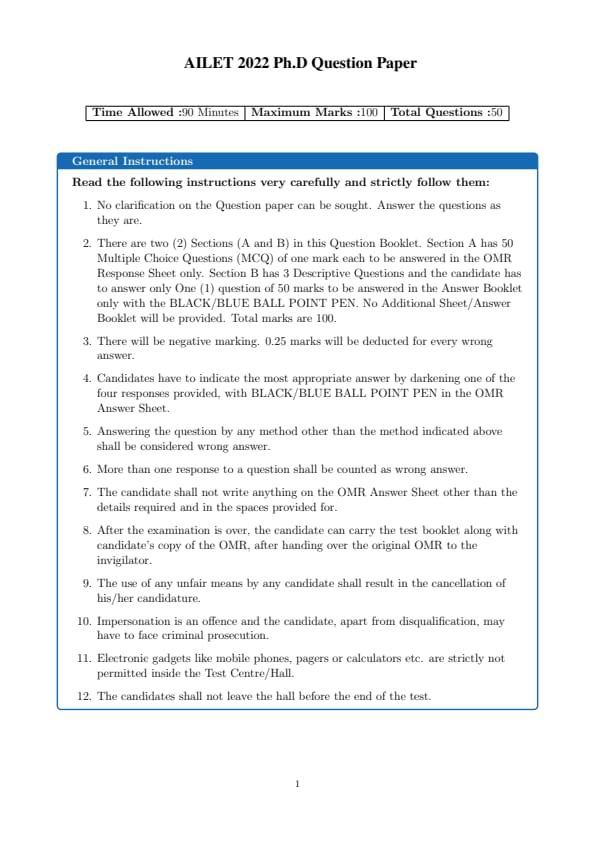



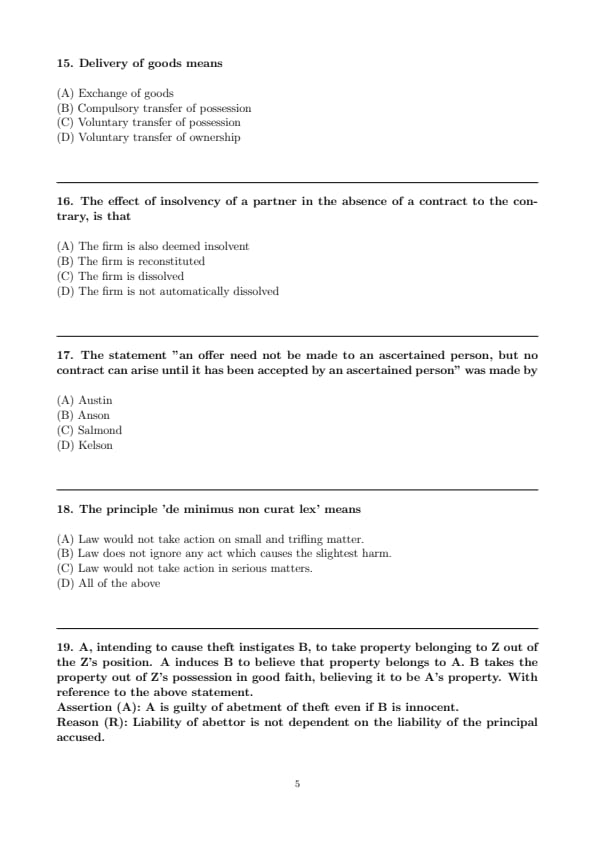
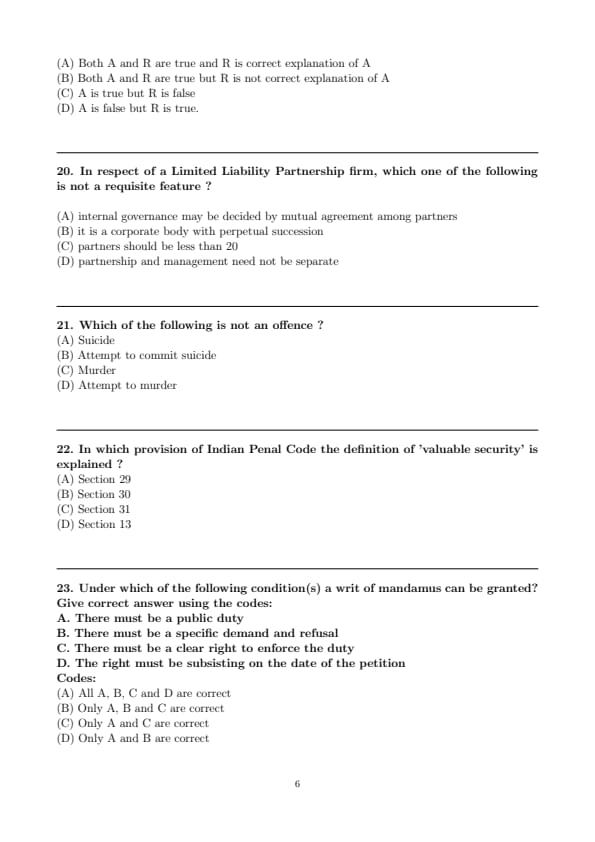
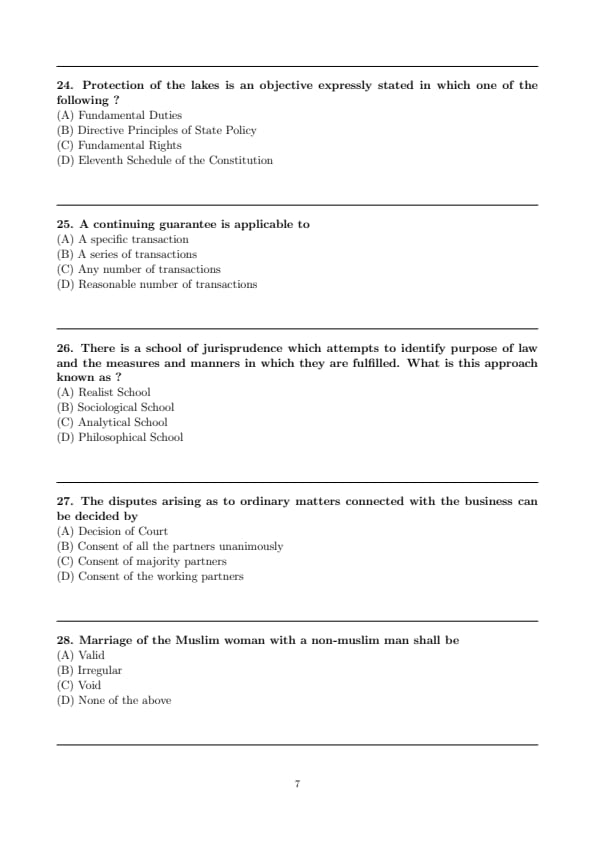

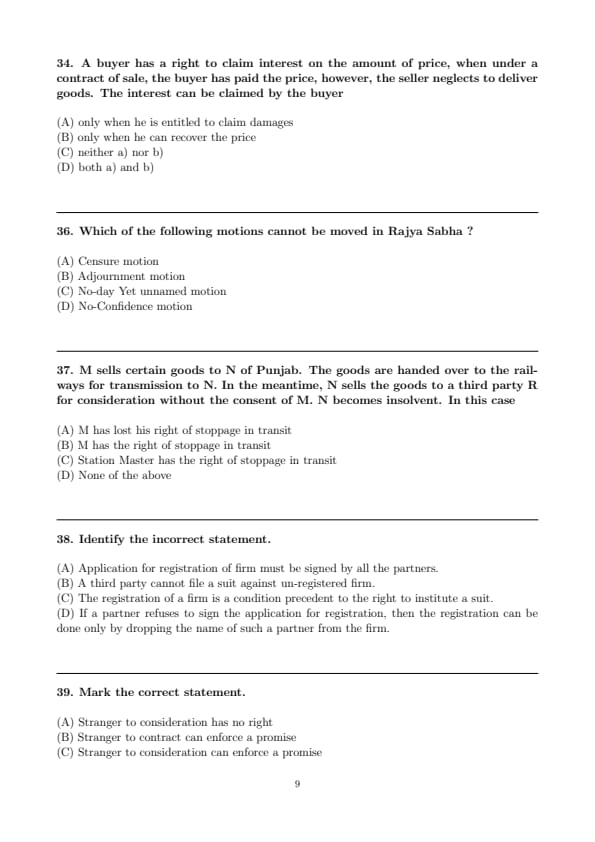

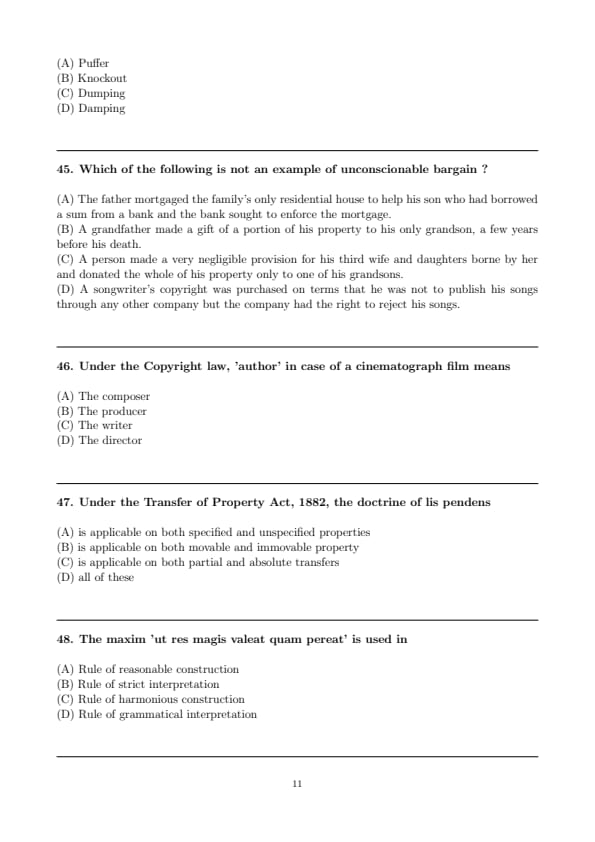

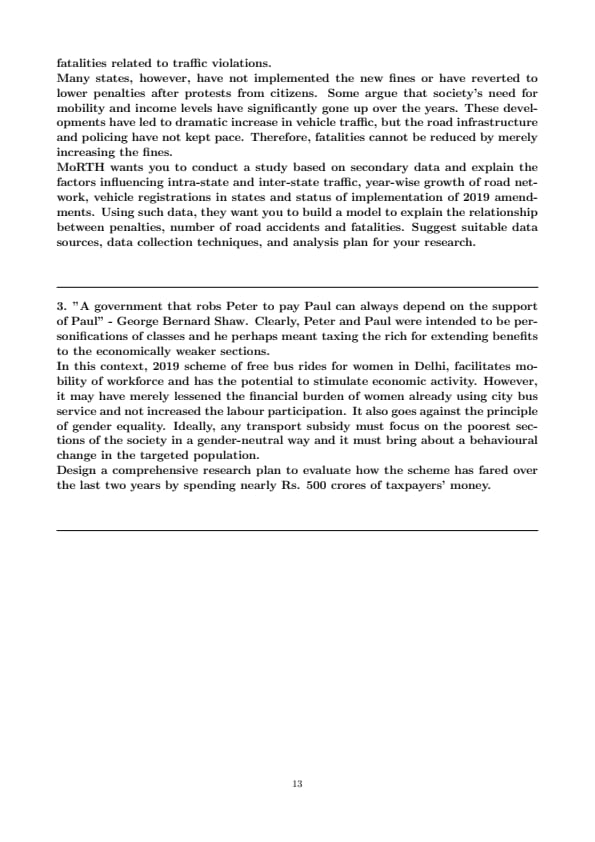



Comments